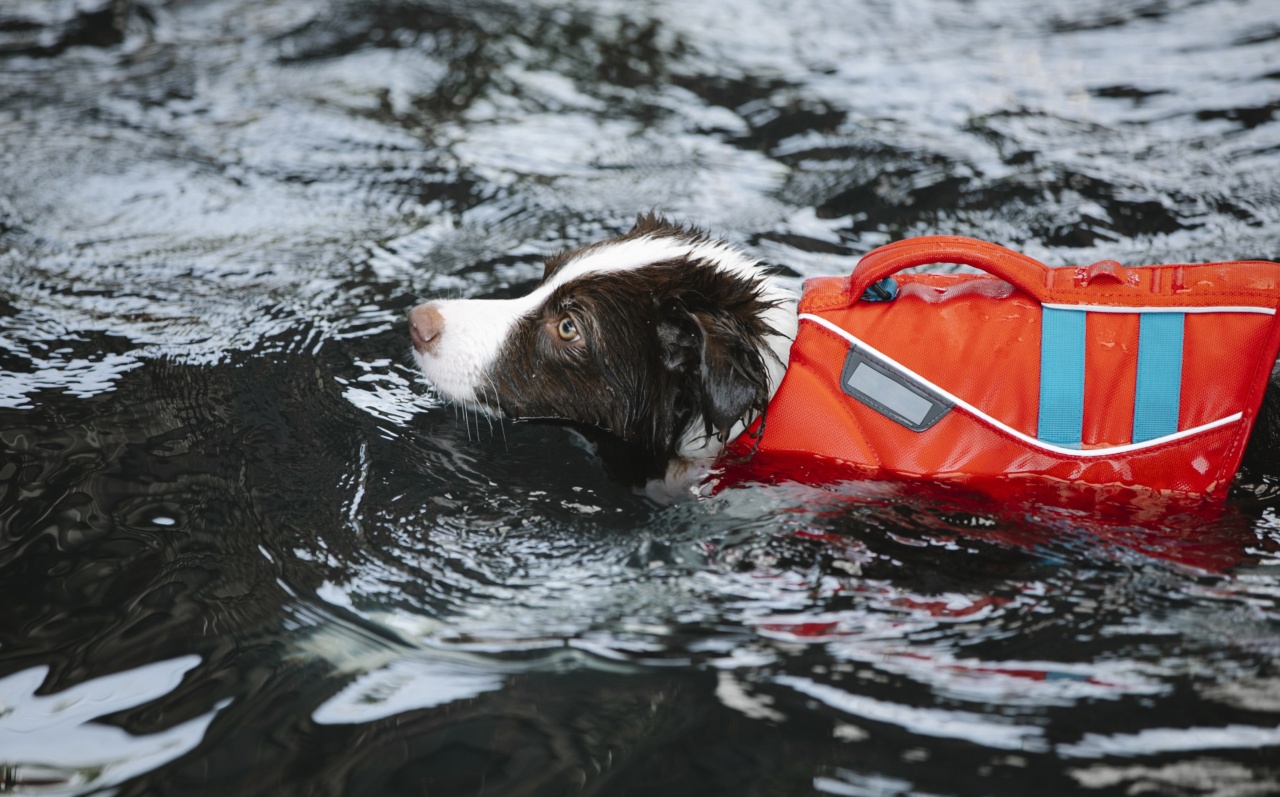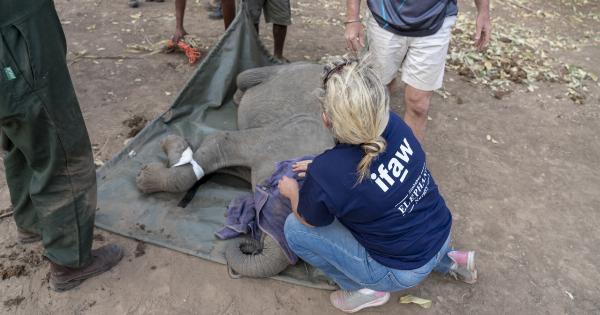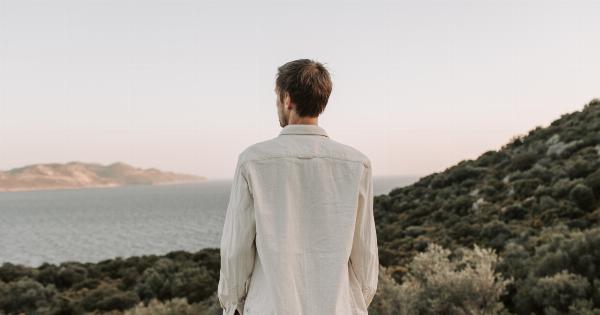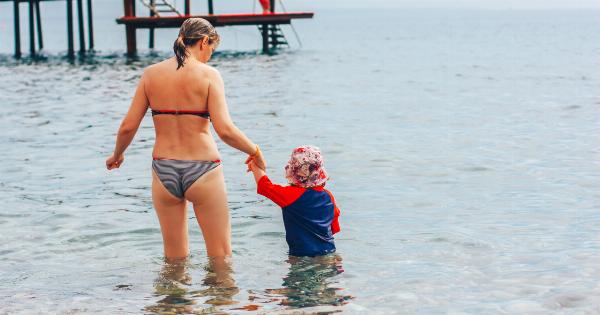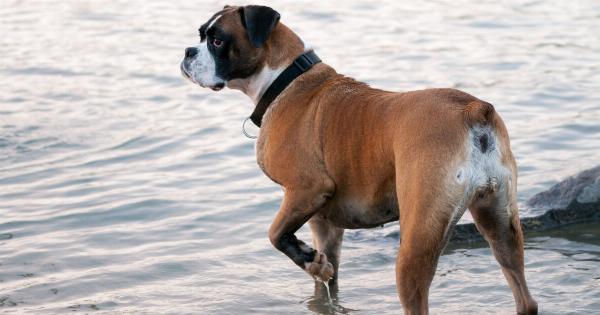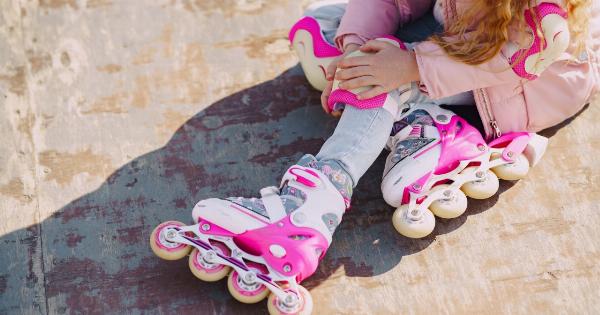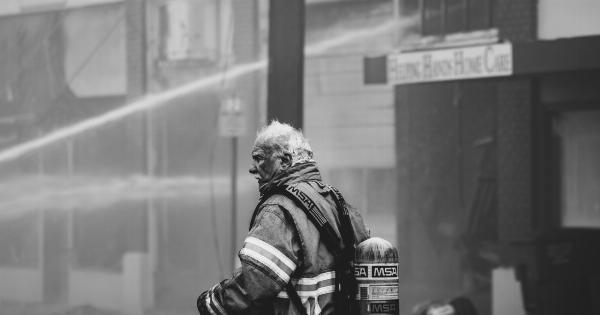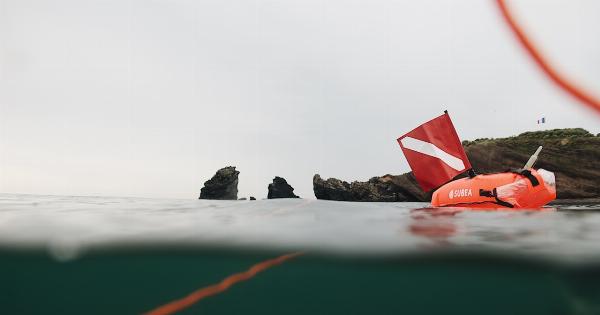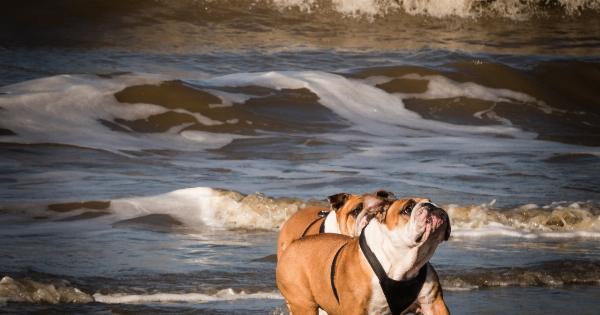When it comes to water safety, a life jacket is one of the most important tools you can have in your arsenal. However, simply having a life jacket isn’t enough – you also need to know how to properly secure it to ensure maximum protection.
With that in mind, we’ve compiled the following list of 30 tips to help you secure your life jacket quickly and effectively:.
Before You Get Started
Before you even put your life jacket on, there are a few things you should do to prepare:.
1. Make sure your life jacket is the right size.
A life jacket that’s too small won’t provide adequate protection, while one that’s too big may not stay in place when you need it most. Make sure you choose a jacket that fits properly before you begin securing it.
2. Check for any damage.
Before you put on your life jacket, inspect it for any damage. Look for tears, holes, or punctures that could compromise the jacket’s effectiveness.
3. Practice securing your life jacket in advance.
The more familiar you are with the process of securing your life jacket, the faster and more efficient you’ll be when the time comes.
Securing Your Life Jacket
Now that you’re ready to put your life jacket on, follow these steps:.
4. Put your arms through the sleeves.
Start by placing your arms through the sleeves of the life jacket.
5. Fasten the waist belt.
The waist belt should be fastened snugly around your waist, ensuring that the jacket stays in place. Make sure the buckle is securely attached.
6. Adjust the shoulder straps.
The shoulder straps should be adjusted so that they fit snugly against your shoulders. This will help keep the jacket in place and prevent it from sliding up or down your body.
7. Tighten the waist belt further.
Gently pull on the waist belt to tighten it even further. This will help ensure that the jacket is snugly secured to your body.
8. Adjust the leg straps (if applicable).
If your life jacket has leg straps, adjust them to fit snugly around your thighs. This will help prevent the jacket from riding up when you’re in the water.
Additional Tips for Securing Your Life Jacket
Once you’ve secured your life jacket, there are a few additional tips you should keep in mind to ensure maximum safety:.
9. Store your life jacket properly when not in use.
When you’re not using your life jacket, make sure to store it in a cool, dry place. Avoid storing it in direct sunlight or any area that’s prone to moisture.
10. Remember to check your life jacket periodically.
Over time, your life jacket may experience wear and tear that could compromise its effectiveness. Make sure you check it periodically to make sure it’s still in good condition.
11. Never alter your life jacket.
Attempting to alter your life jacket in any way could compromise its effectiveness and put you at risk. Always use your life jacket as it was intended to be used.
12. Keep your life jacket within easy reach.
You never know when you might need your life jacket, so make sure to keep it within easy reach at all times. You don’t want to have to search for it in an emergency situation.
13. Don’t rely on your life jacket alone.
A life jacket is an important tool, but it’s not a guarantee of safety. Always practice safe boating and swimming practices to minimize your risks.
14. Make sure everyone on board has a life jacket.
It’s not enough for just one person on board to have a life jacket – everyone needs to have one to ensure maximum safety.
15. Teach children how to properly secure their life jackets.
Children should know how to properly secure their life jackets so they can be safe in the water. Make sure to teach them how to do this before any boating or swimming activities.
16. Never mix alcohol and water activities.
Alcohol and water activities don’t mix, as alcohol can impair your ability to stay safe in the water. If you plan on drinking, stay on dry land.
17. Know the water conditions before you go out.
Before you embark on any water activities, make sure you know the water conditions. High winds, waves, or currents can increase your risks of danger.
18. Don’t exceed the weight limit of your life jacket.
Your life jacket should have a weight limit listed on it. Make sure you don’t exceed this weight limit, as this could compromise the jacket’s effectiveness.
19. Make sure your life jacket is Coast Guard-approved.
Not all life jackets are created equal. Make sure you choose a jacket that is Coast Guard-approved to ensure maximum safety.
20. Wear your life jacket even when you’re a strong swimmer.
Even if you’re a strong swimmer, a life jacket can still provide important protection. Don’t assume that you don’t need one.
21. Consider wearing a wetsuit in colder water.
If you plan on swimming or boating in colder water, consider wearing a wetsuit in addition to your life jacket to provide extra warmth and protection.
22. Know how to use your whistle and other signaling devices.
In an emergency situation, you’ll need to know how to signal for help. Make sure you know how to use your whistle and other signaling devices.
23. Make sure your life jacket is properly labeled.
Your life jacket should have a label indicating its size, weight limit, and other important information. Make sure this label is present and legible.
24. Don’t rely on inflatable toys as life jackets.
Inflatable toys may seem like fun water accessories, but they’re not a substitute for a proper life jacket. Always use a Coast Guard-approved life jacket instead.
25. Know how to perform CPR.
In an emergency situation, the ability to perform CPR could be a lifesaver. Make sure you know how to do it before any water activities.
26. Wear reflective clothing if you plan on being on the water at night.
Reflective clothing can help make you more visible to other boaters if you plan on being on the water at night.
27. Be aware of the dangers of hypothermia.
Hypothermia can set in quickly in colder water. Be aware of the symptoms so you can take immediate action if necessary.
28. Don’t skimp on your life jacket.
A quality life jacket is an investment in your safety. Don’t skimp on it just to save a few dollars.
29. Stay calm in an emergency situation.
In an emergency situation, staying calm can mean the difference between life and death. Stay as calm as possible and take the necessary actions to keep yourself and others safe.
30. Never take water safety for granted.
Water safety should always be taken seriously. Never assume that an accident won’t happen to you – always be prepared.
